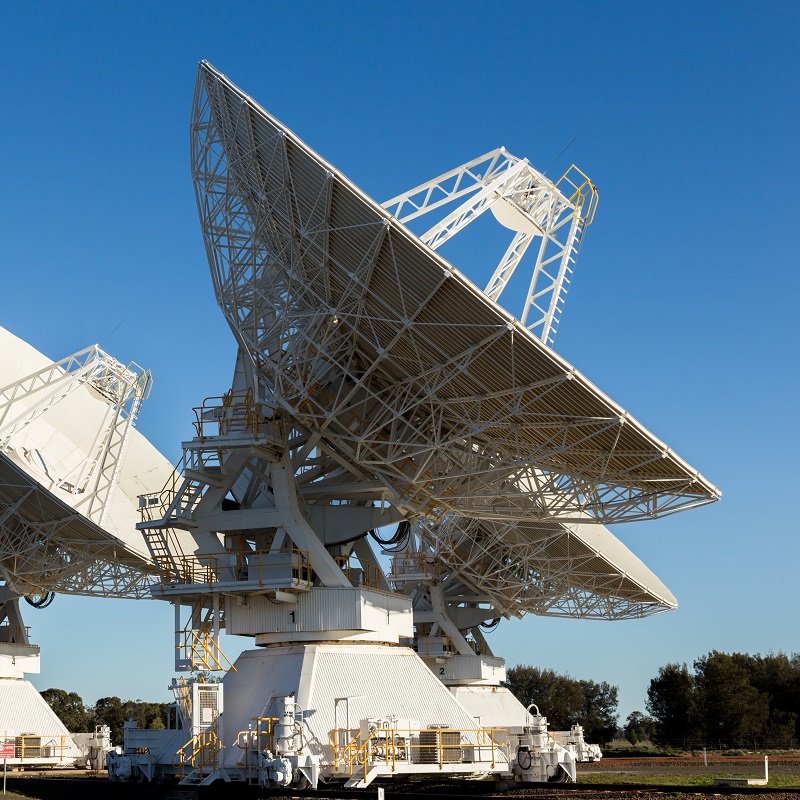
In less than a month since the article was published, the industry has had another casualty.
“IntelSat announced they had filed for bankruptcy on the 13th May, which is extremely sad given their long history, dating back to 1965. It is a further reminder to all that relying on a single satellite provider, especially one carrying substantial debt, will not provide network resilience in the event of a disaster,” says Shannon.
The importance of network resilience
Network resilience should be a core component of any disaster recovery plan (DRP). To achieve network resilience, a satellite dependant organisation should not rely on a single satellite connection. Nor should you rely on two connections on one satellite.
In the event of a disaster affecting the satellite owner or your connection provider, you will not have the resilient connection to continue business as usual.
“You need to look at securing diverse path redundancy where you have two satellite connections on different satellites. So, for example, you might have an Orion service and an nbn service, or a service from any of the five satellites we work with, all provided by Orion,” notes Shannon.
“Downtime is avoidable but if your network is not resilient, the outcome can be significant risks in terms of lost productivity, financial impact and also to your employees’ mental health,” adds Shannon.
By securing a secondary connection, organisations can operate safe in the knowledge that, should disaster such as bankruptcy strike, you can continue to operate by switching to your secondary connection. Thus, you have secured network resilience.
“This is not a situation unique to satellite connectivity, any business that is operating with sole dependence on one provider, say for business internet, runs the risk of significant downtime if the service is impacted. It is best practice for all businesses to have a redundant network to ensure business continuity. It is the one form of redundancy you want to see in an uncertain economy,” says Shannon.
How to secure a redundant network
To establish diverse path redundancy, the key is to utilise two different sustainable and reliable satellites.
In Australia and New Zealand, it is difficult to use a single provider for both satellites. Even providers with global reach like Orion, which is part of the Thaicom network, tend to allocate one satellite to one region.
“We are satellite agnostic at Orion, we currently provide satellite solutions on five satellites across Australia and New Zealand. We understand the importance of it, and we believe in providing the best solution to our customers and this includes offering customers diverse path redundancy through other connectivity providers, be it satellite, terrestrial or wireless networks” notes Shannon.
This means that Orion customers are in the unique position of being able to achieve network resilience through a single provider thanks to Orion offering third party satellite services in addition to their own, making it an easier process to manage for busy business leaders and IT managers.
With a redundant network secured, in the event of disaster and downtime occurring, all that is needed to switch to the secondary satellite is to pull out and plug in a cable. A simple step to protect your entire business operations coming to a grinding halt. Yet even this step will soon become unnecessary with the introduction of SD-WAN (software-defined networking in a wide area network) connectivity.
The evolution of network resilience with the introduction of SD-WAN
SD-WAN is significant for your DRP and network resilience because the technology manages the redundancy for you. In short, if your primary connection is disrupted, SD-WAN enables a seamless switch to the secondary satellite, no manual process required.
As a result of the intelligent technology and reduced input requirement, SD-WAN enables incredibly high-level resiliency. In our next article, we will be delving into this further and looking at the broader benefits SD-WAN offers.
Unsure about your resilience? It’s time to review your solution
As Shannon’s original article highlighted, with the economy in flux and multiple satellite providers filing for Chapter 11, it is more important than ever to ensure your network is resilient.
“You must assess what solution you have in place now and consider your resiliency. Do you have a redundant network? Who is it with? This is so important. As I outlined in my LinkedIn article, there is a lot of debt carried by some providers and this comes with a high level of risk. But it’s a risk that can be easily mitigated by strengthening your resilience,” concludes Shannon.
Orion Satellite Systems is part of the IPA Group, which has over $3.5 billion dollars of assets in space and is supported by a global team of experts. Orion is one of only two infrastructure owner operators in Australia and New Zealand. This means we own the end-to-end infrastructure from the satellite to the earth station. In addition to this, Orion offers a network resilience solution via industry peers to ensure you have the diverse path redundancy you need. To find out more about the options available and how to strengthen your network resilience, contact Orion today.